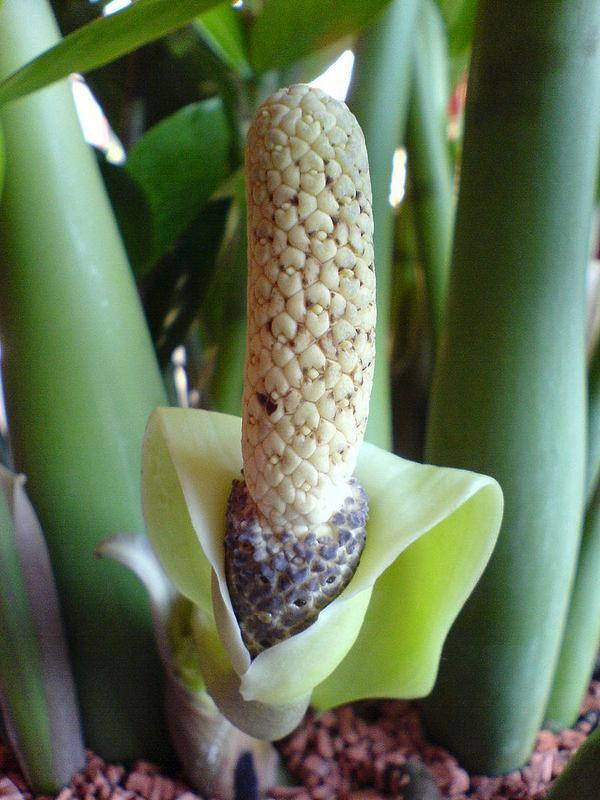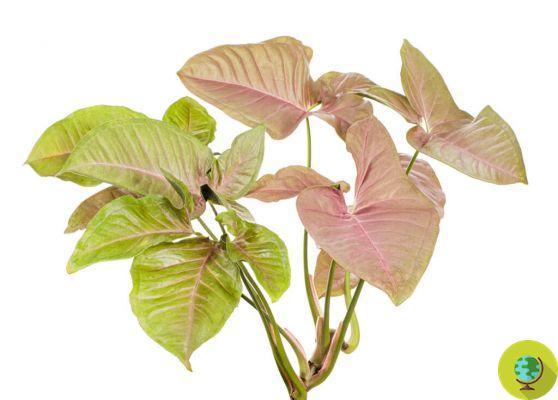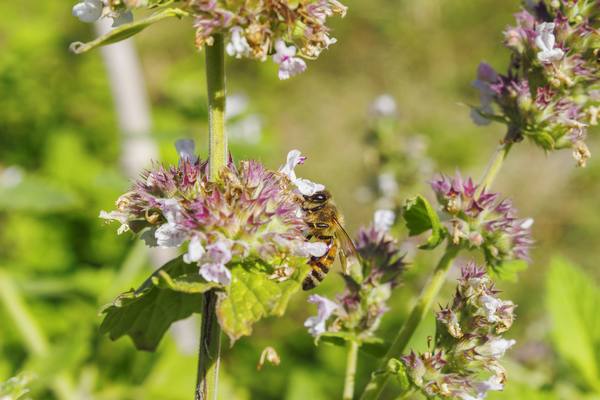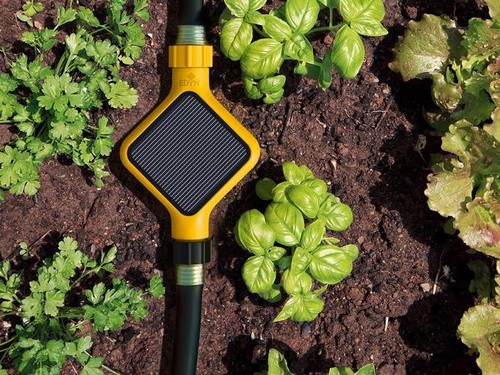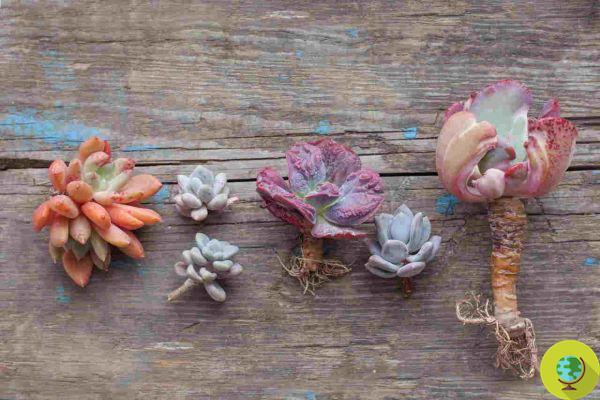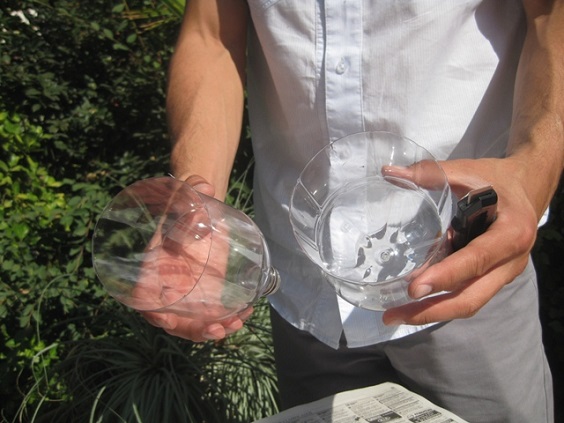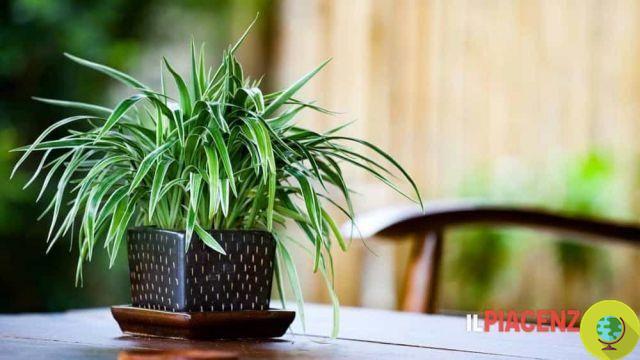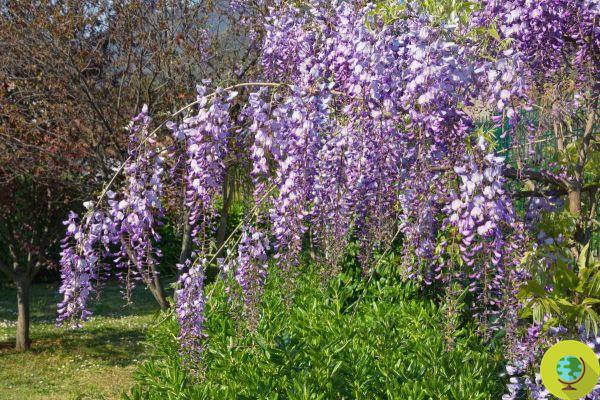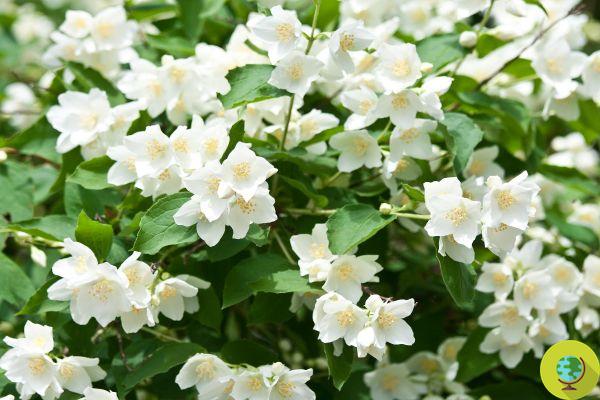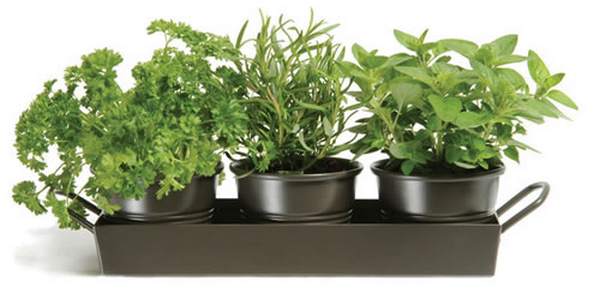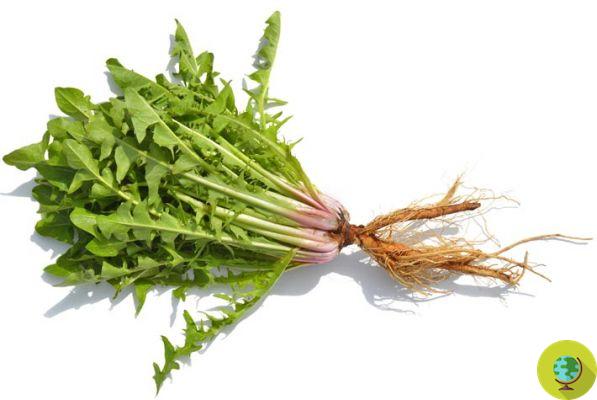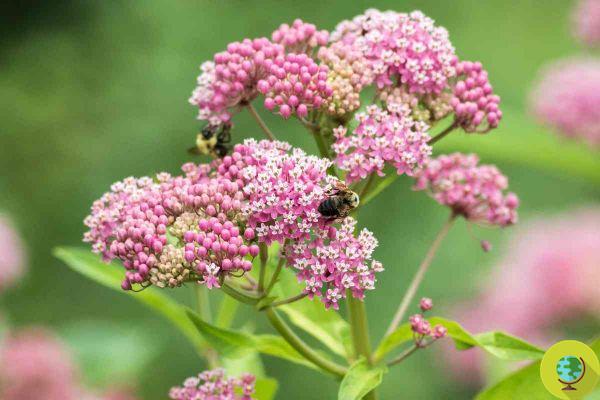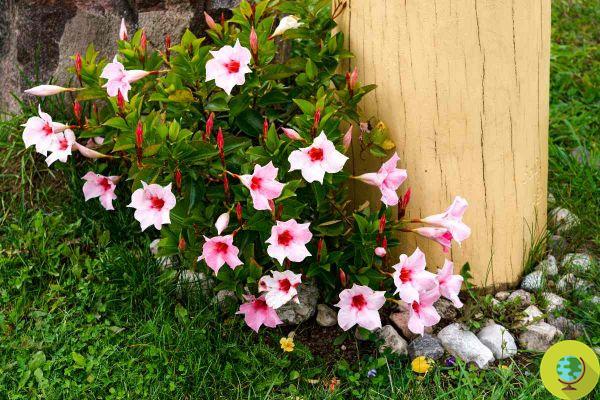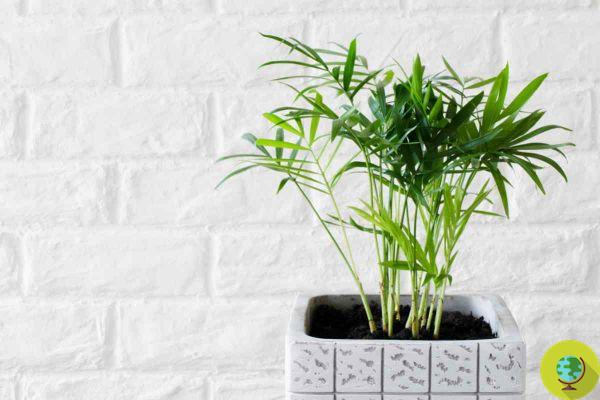Common ivy (Hedera helix) is a climbing plant suitable for pergola. It is suitable for the natural covering of low walls and external walls. It is cultivated or grows spontaneously. It is very easy to see it spreading over the walls of old buildings.
He is about to end up run over, his mother saves himTHEivy common (Hedera helix) is a climbing plant suitable for pergola. It is perfect for the natural covering of low walls and external walls. It is cultivated or grows spontaneously. It is very easy to see it spreading over the walls of old buildings.
With ivy you can create pergolas and arches in parks and gardens. It even grows along tree trunks. Ivy is a hardy, very resistant and long-lasting plant. It is an evergreen plant. The leaves are present on the plant in all seasons and are usually mottled with lighter colors.
The leaves of the ivy are light green and dark green. The draining and toning properties of ivy are used in cosmetics to counteract the imperfections of cellulite. Let's find out how to grow ivy.
Index
Ivy, natural habitat
The natural habitat of ivy is close to old buildings, along the trunks of trees and in the shady undergrowth. Ivy plants can reach 20-25 meters in height when they have the opportunity to grow upwards, otherwise they have a creeping posture.
Ivy, cultivation
The easiest way to start growing ivy is to make one cutting from an existing plant. The cutting can be planted directly in pots or in the garden soil. You will need to remove the lower leaves in order to insert your sprig of ivy into the ground. In a couple of weeks where the old leaves were, the new shoots will be born. Plant the ivy in the spring.
Ivy, optimal temperatures
Ivy is a resistant plant that tolerates both heat and cold well even if it does not like a climate that is too dry; the ideal temperatures for growing ivy during the summer are between 15 and 18 ° C while in winter it would be better not to drop below 7 ° C.
Ivy, exhibition
Grow ivy in sunny places or in partial shade. Ivy prefers the bright and sunny exposures, especially in the central hours of the day, so choose well where to place it in the garden. If you want the ivy to form a pergola or climb along a low wall you will have to plant it nearby and use wooden supports to facilitate its growth.
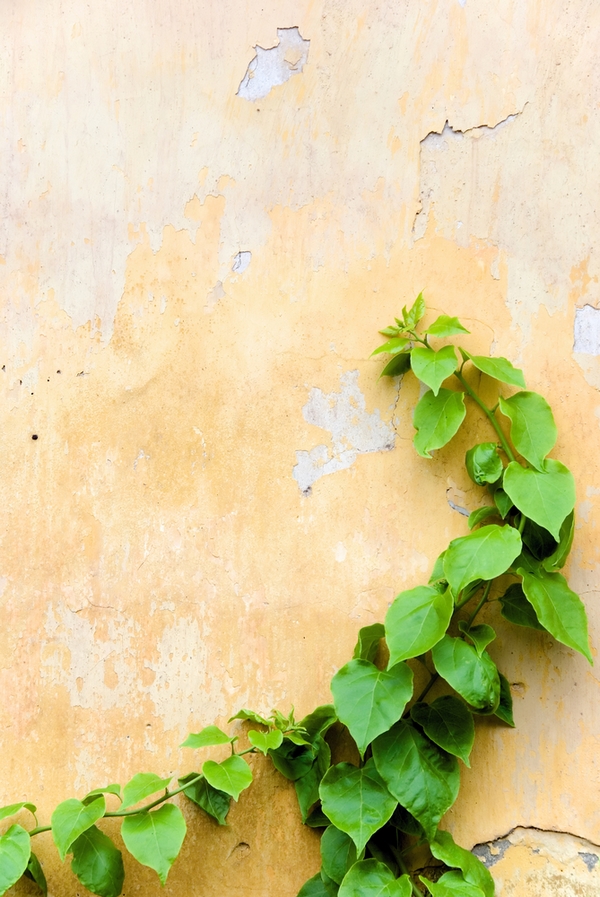
Ivy, ideal soil
To grow ivy both in the garden and in pots choose fresh soil to mix with sand so that it becomes well draining. To fertilize ivy in spring, use homemade compost made from vegetable waste.
Read also: 10 CLIMBING PLANTS SUITABLE FOR THE PERGOLA
Ivy, pruning
Ivy is a very fast growing plant. Between February and March before the beginning of spring you can prune it both to remove the damaged branches and to give it the shape you want and to adjust it in height.
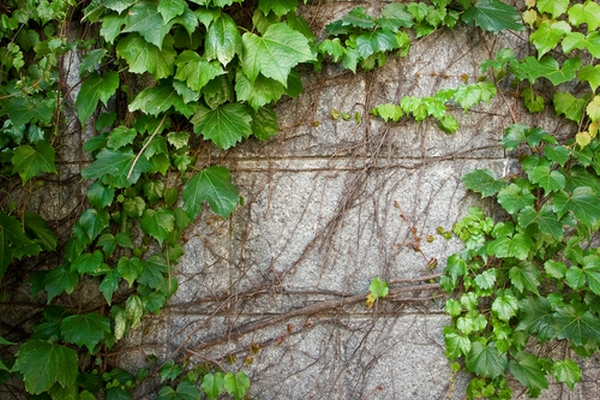
Ivy, watering
Ivy needs regular watering. During the summer the ivy should be watered every day while in winter and in the rainy seasons the waterings can be reduced.
Ivy, flowering and fruit
The first flowering of the ivy takes place when the plant turns 10 years old. Its flowers consist of five green petals gathered in spherical umbrellas. THE ivy fruits they are black in color and spherical in shape, they are berries that serve as food for birds in winter but that they are unfit for human consumption as they contain a saponin which irritates the gastric walls.
Read also: THE FLOWERING OF IVY, A NATURAL RESOURCE FOR INSECTS
Ivy, meaning
According to the meaning of plants and flowers, ivy is a symbol of fidelity and eternal love because “where it attacks it dies”. To reinforce this meaning are the heart-shaped leaves of the ivy. In ancient times the ivy was the sacred plant to Bacchus and it was believed that it could represent an antidote against the unwanted effects of excesses in drinking wine.
Marta Albè






